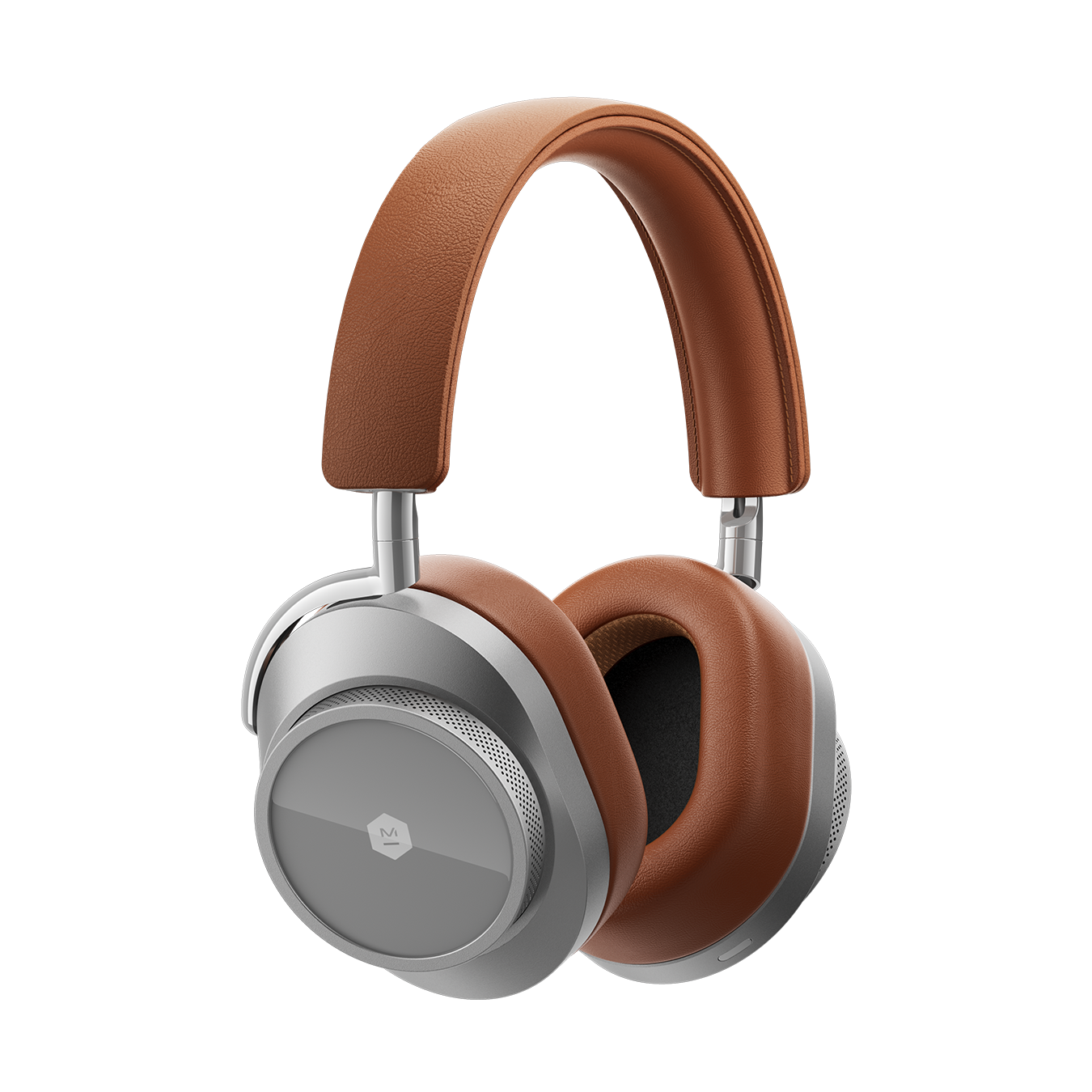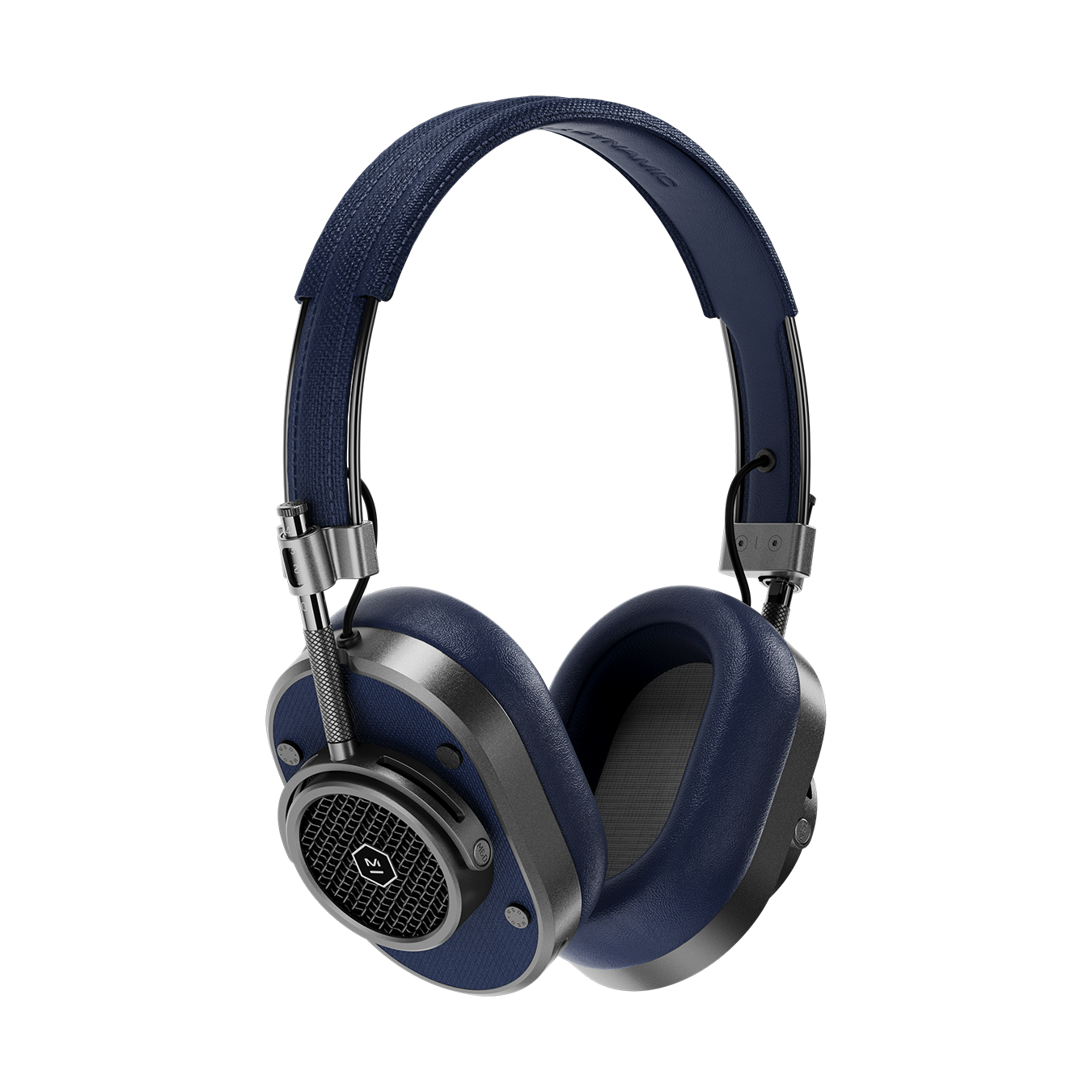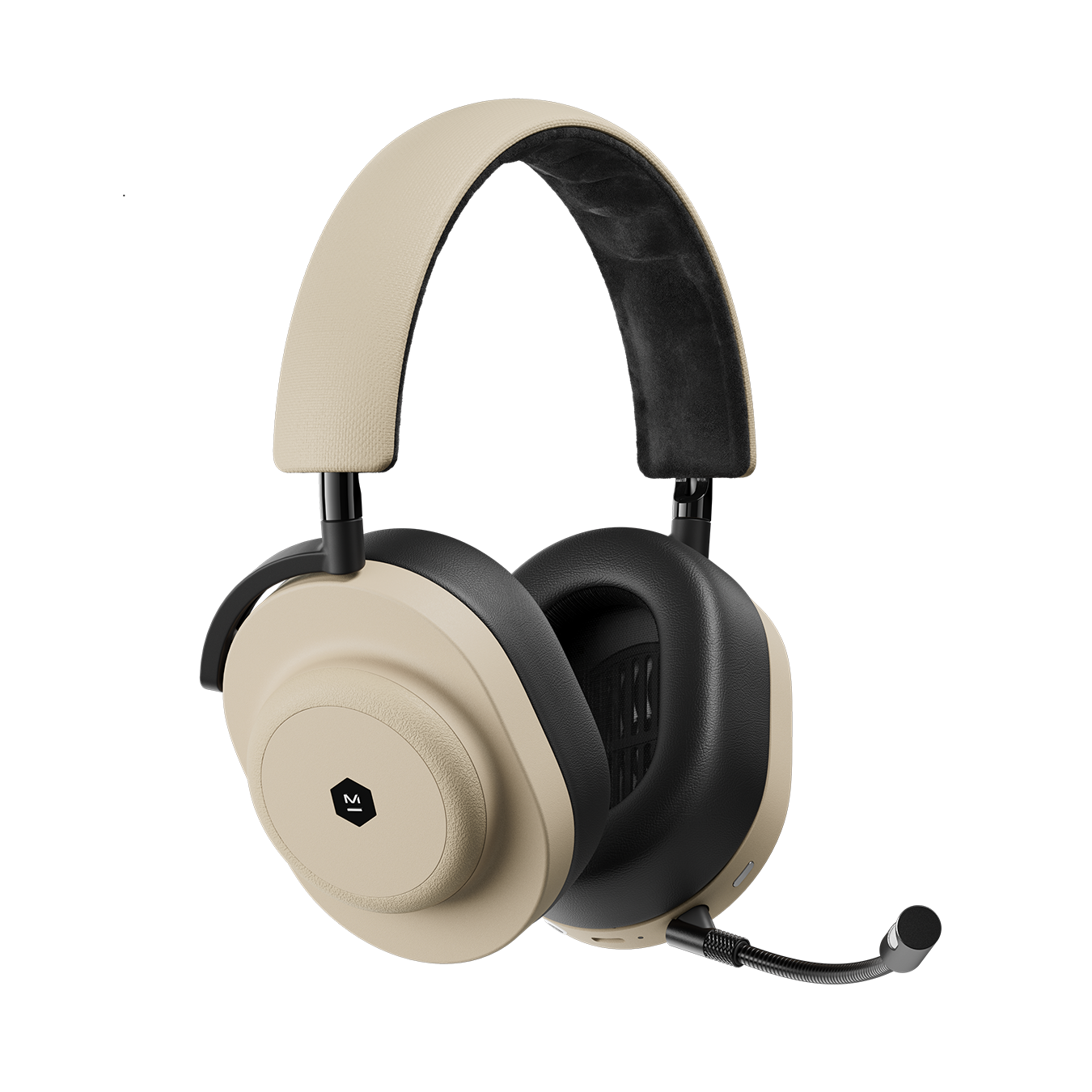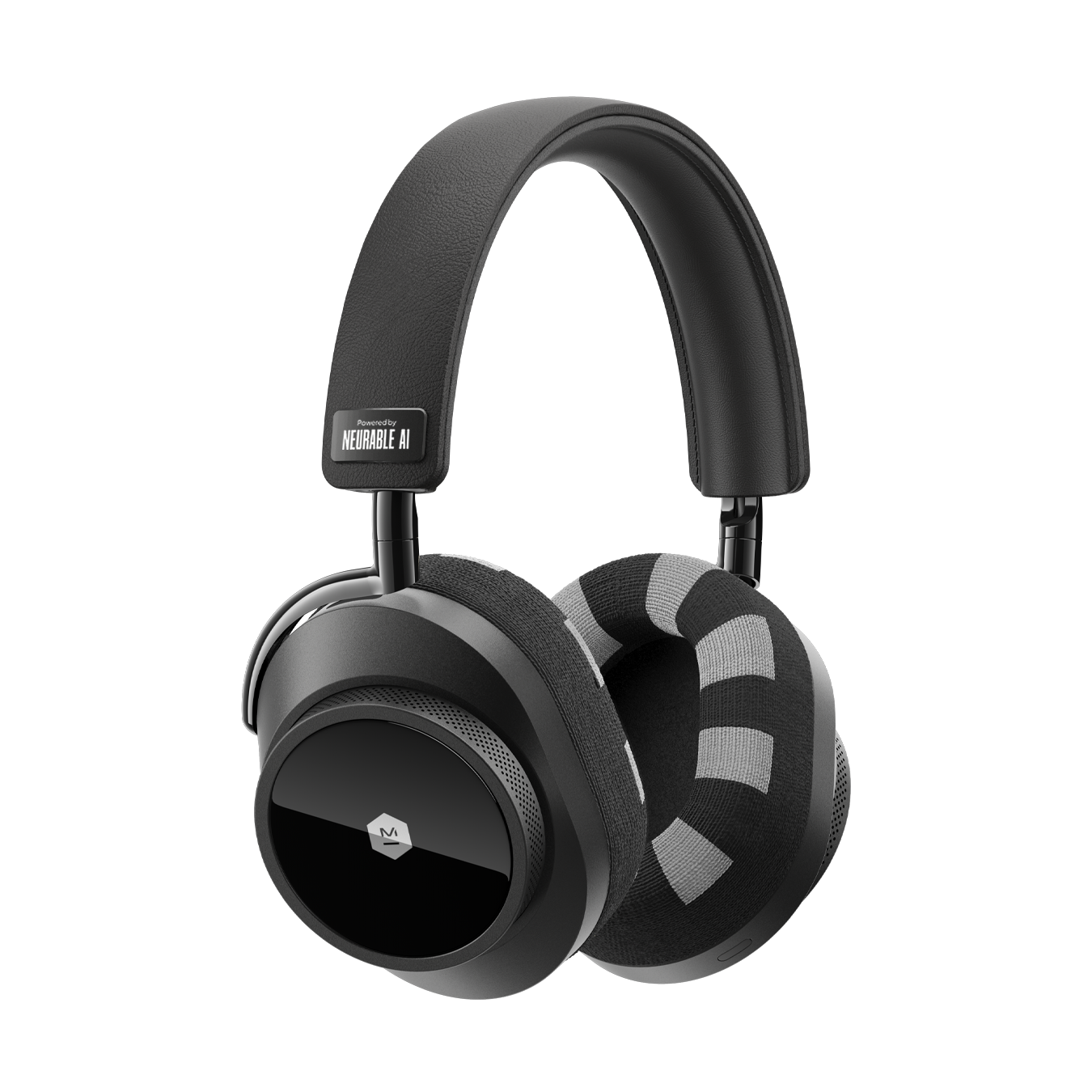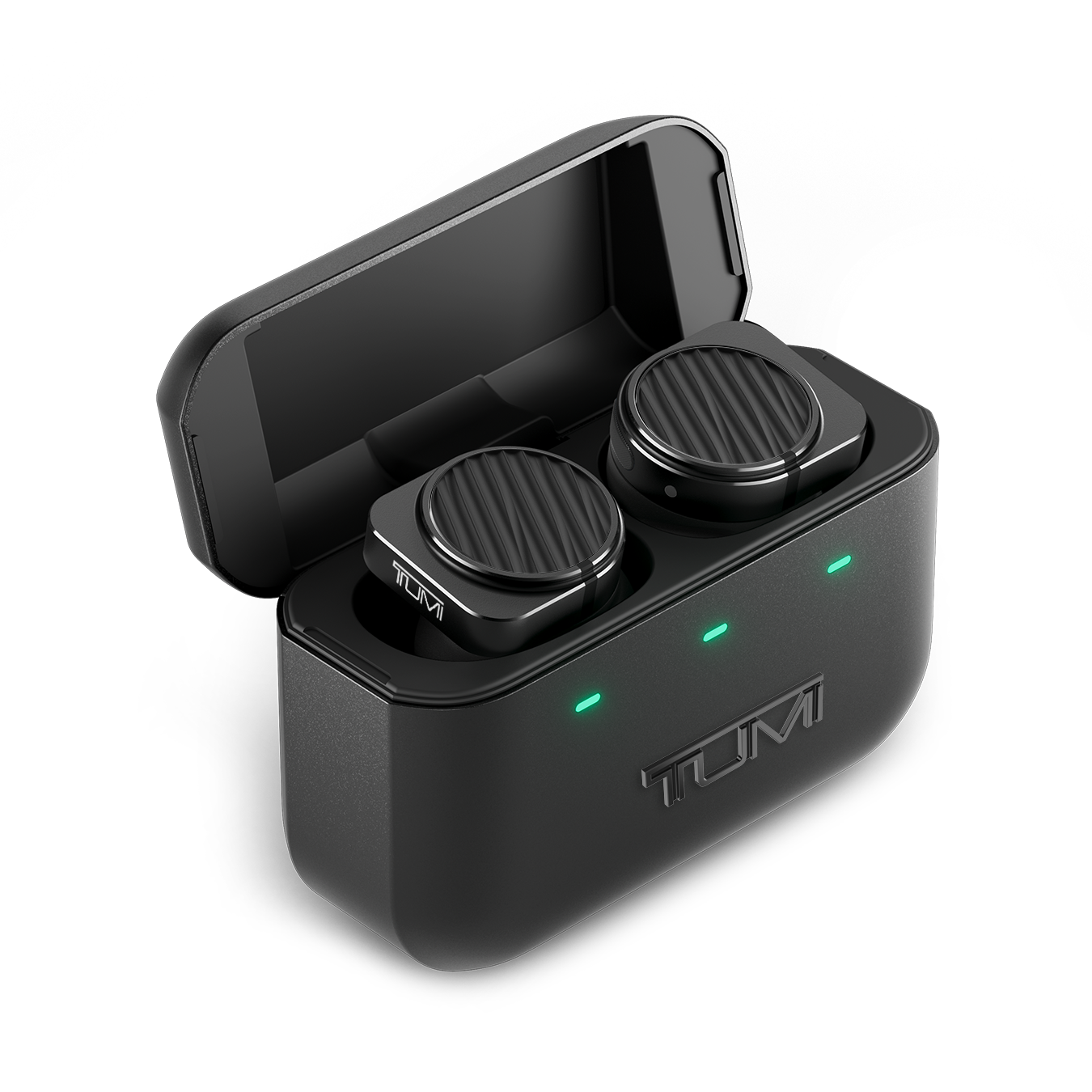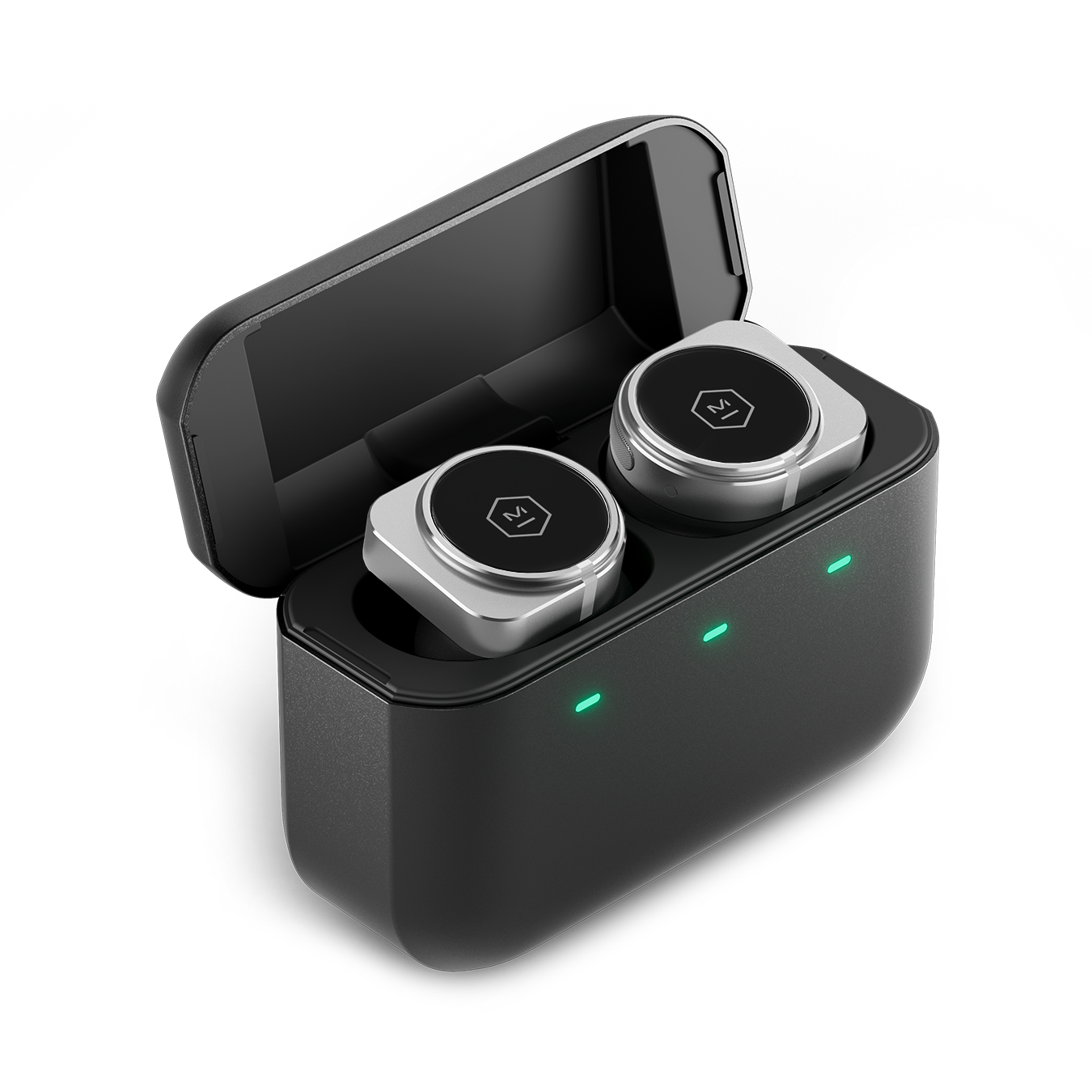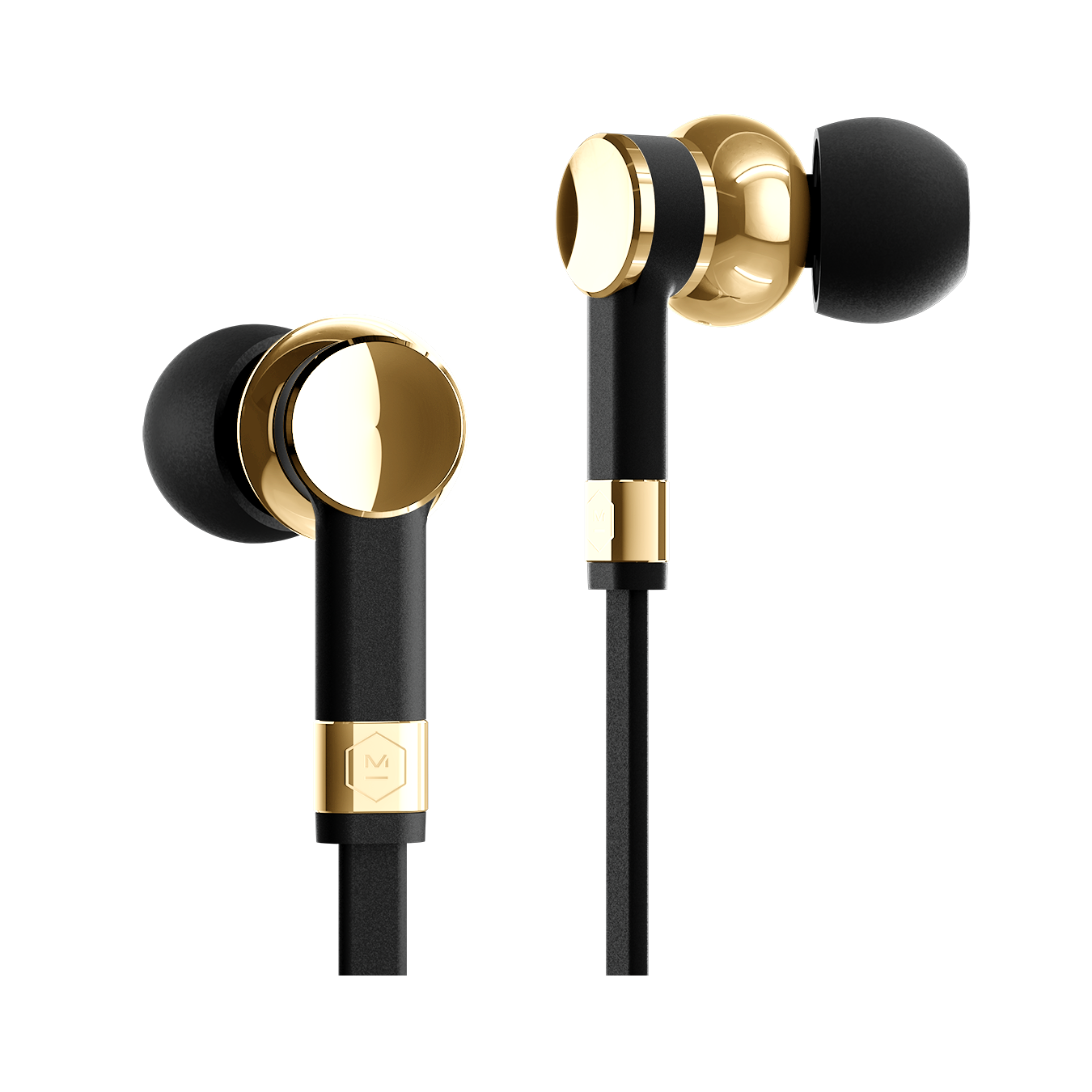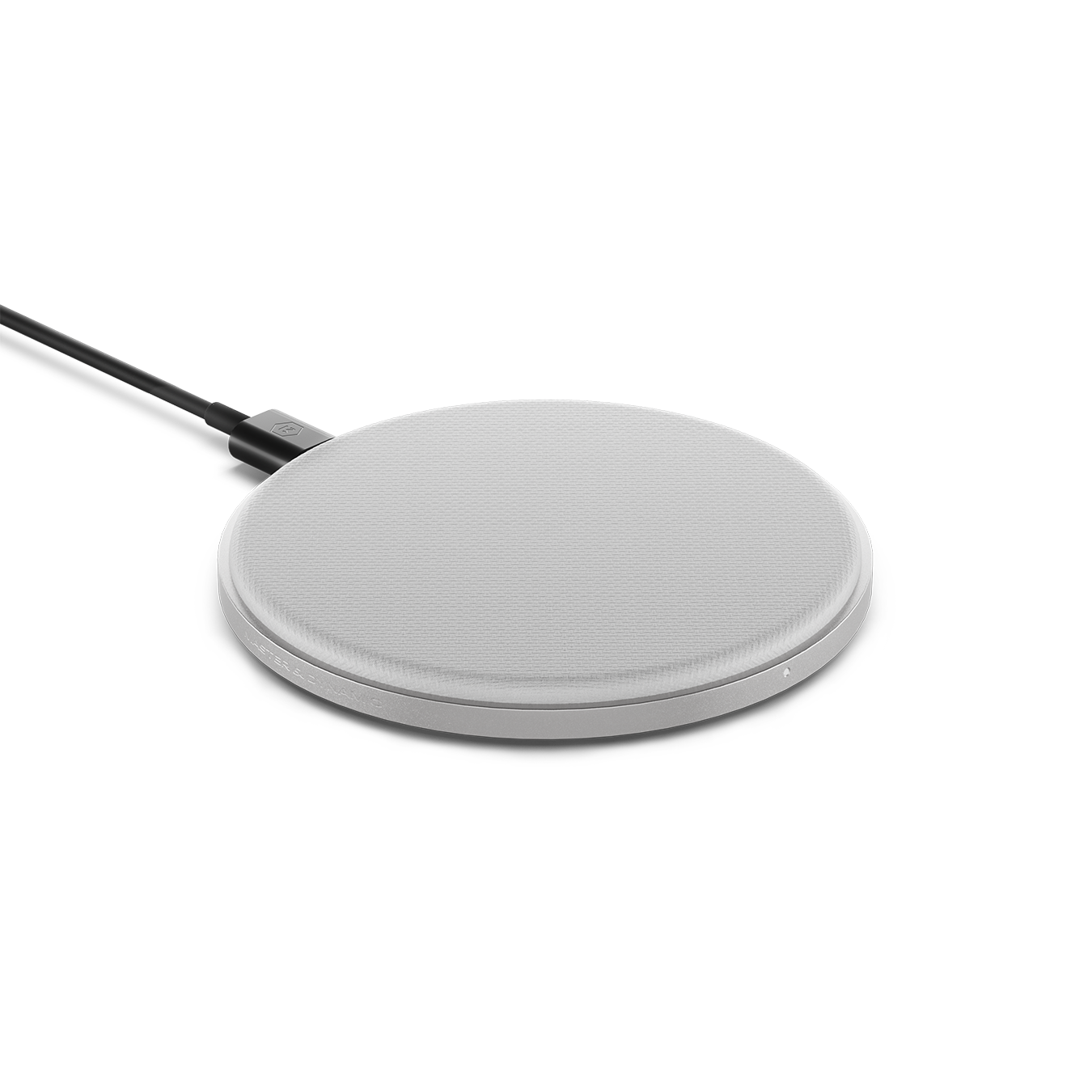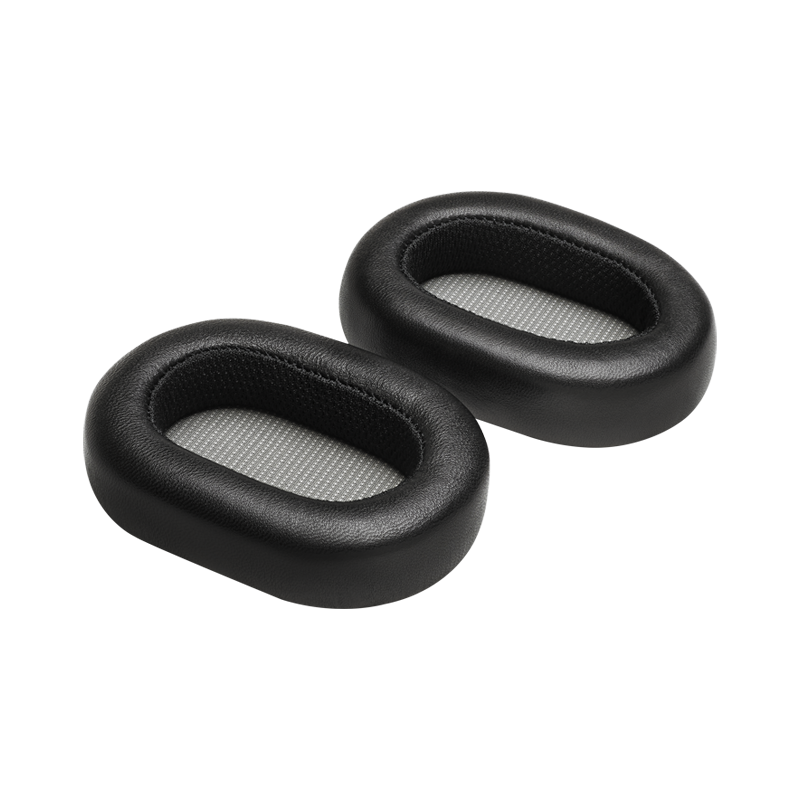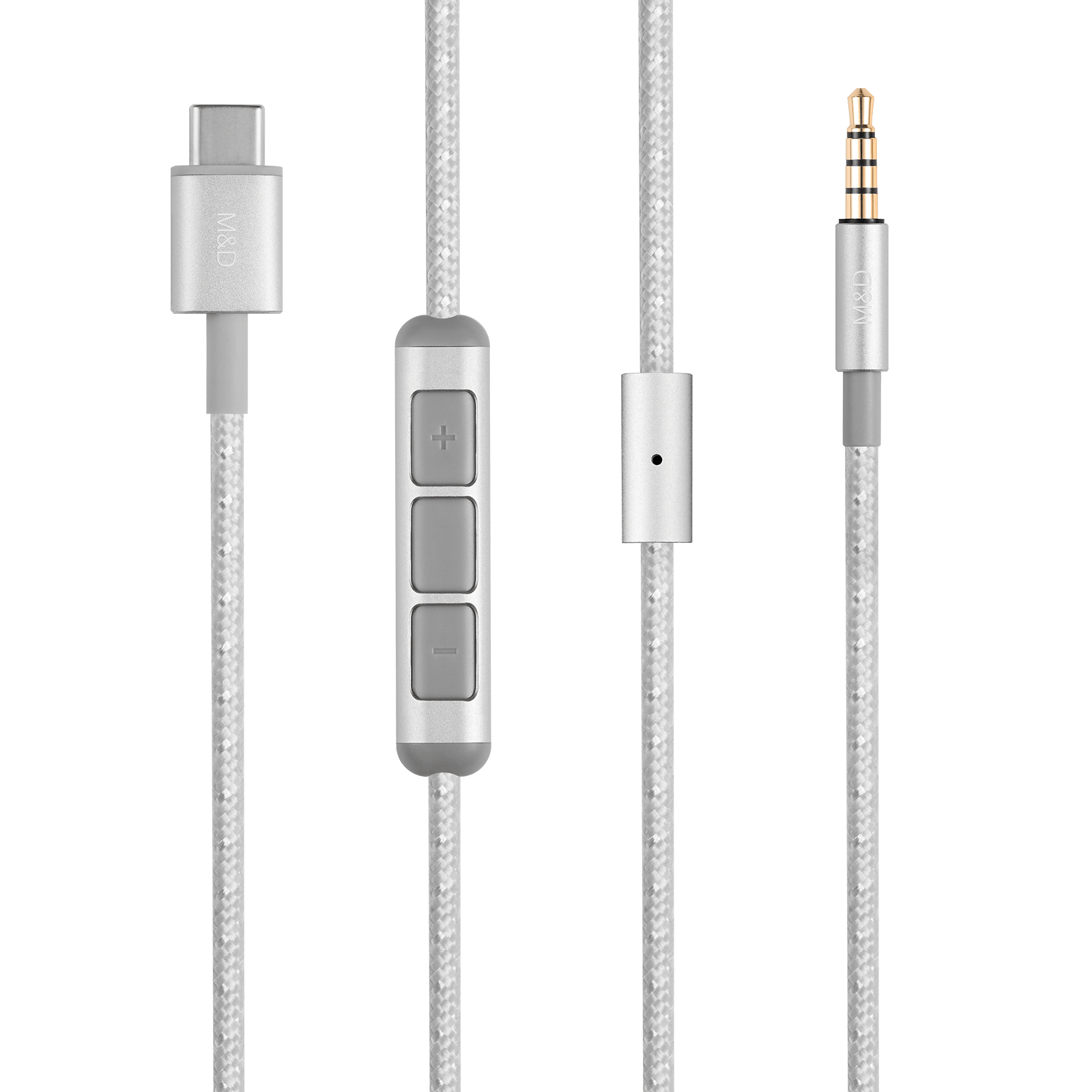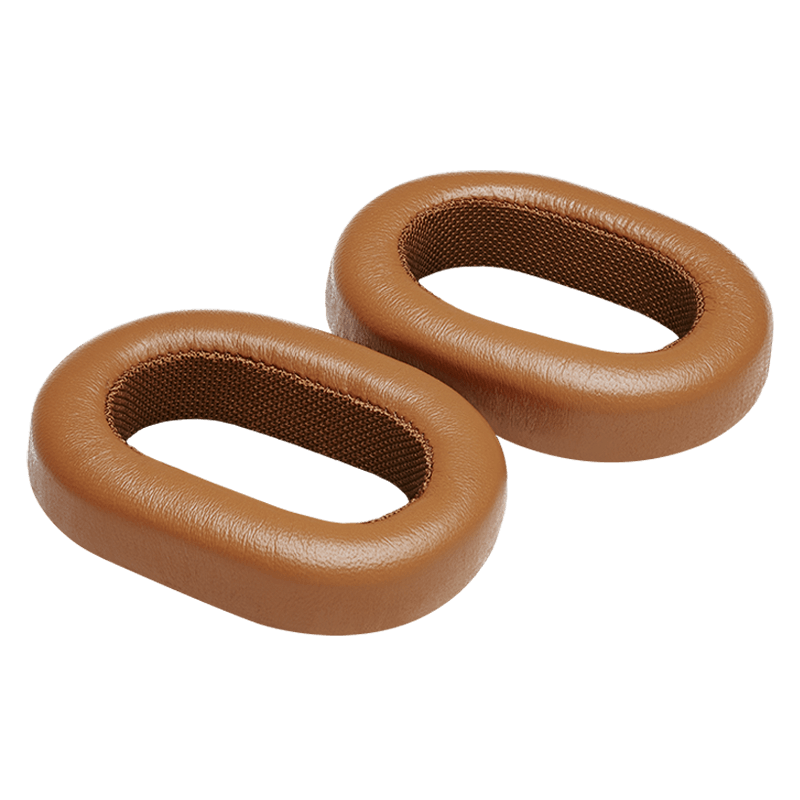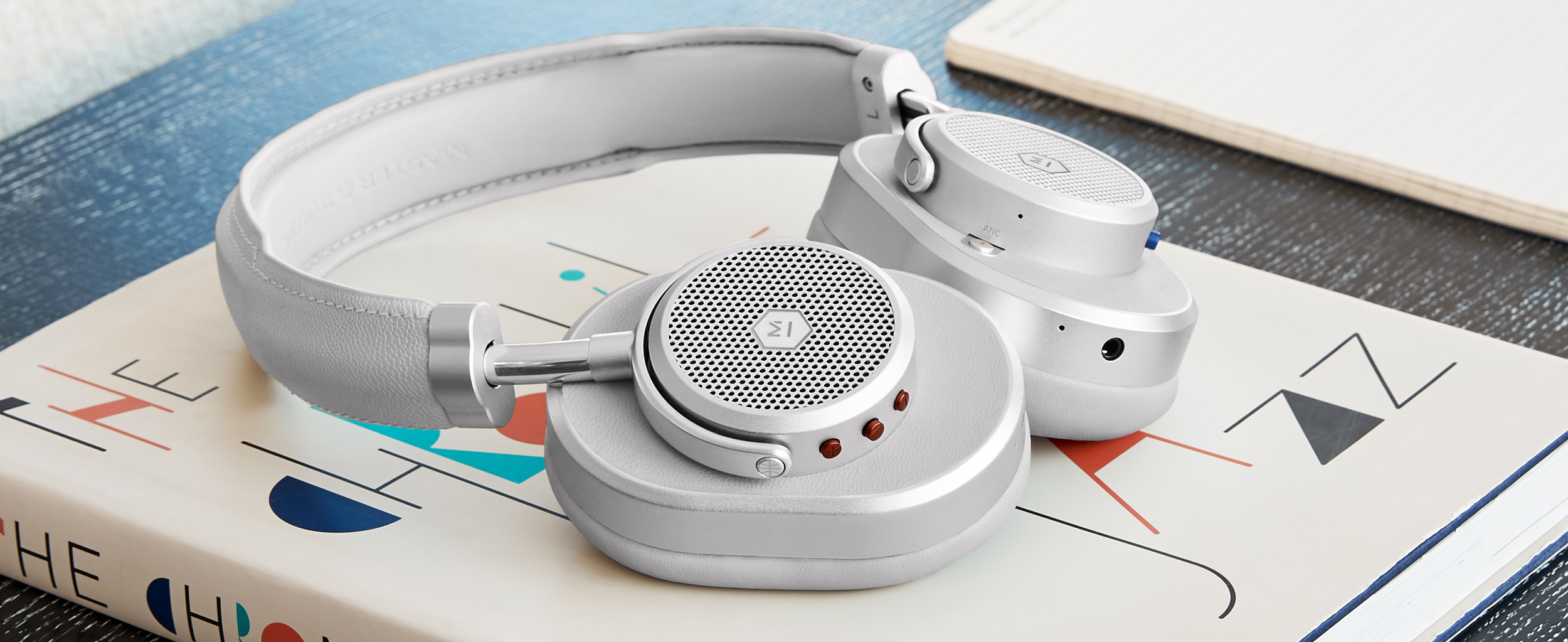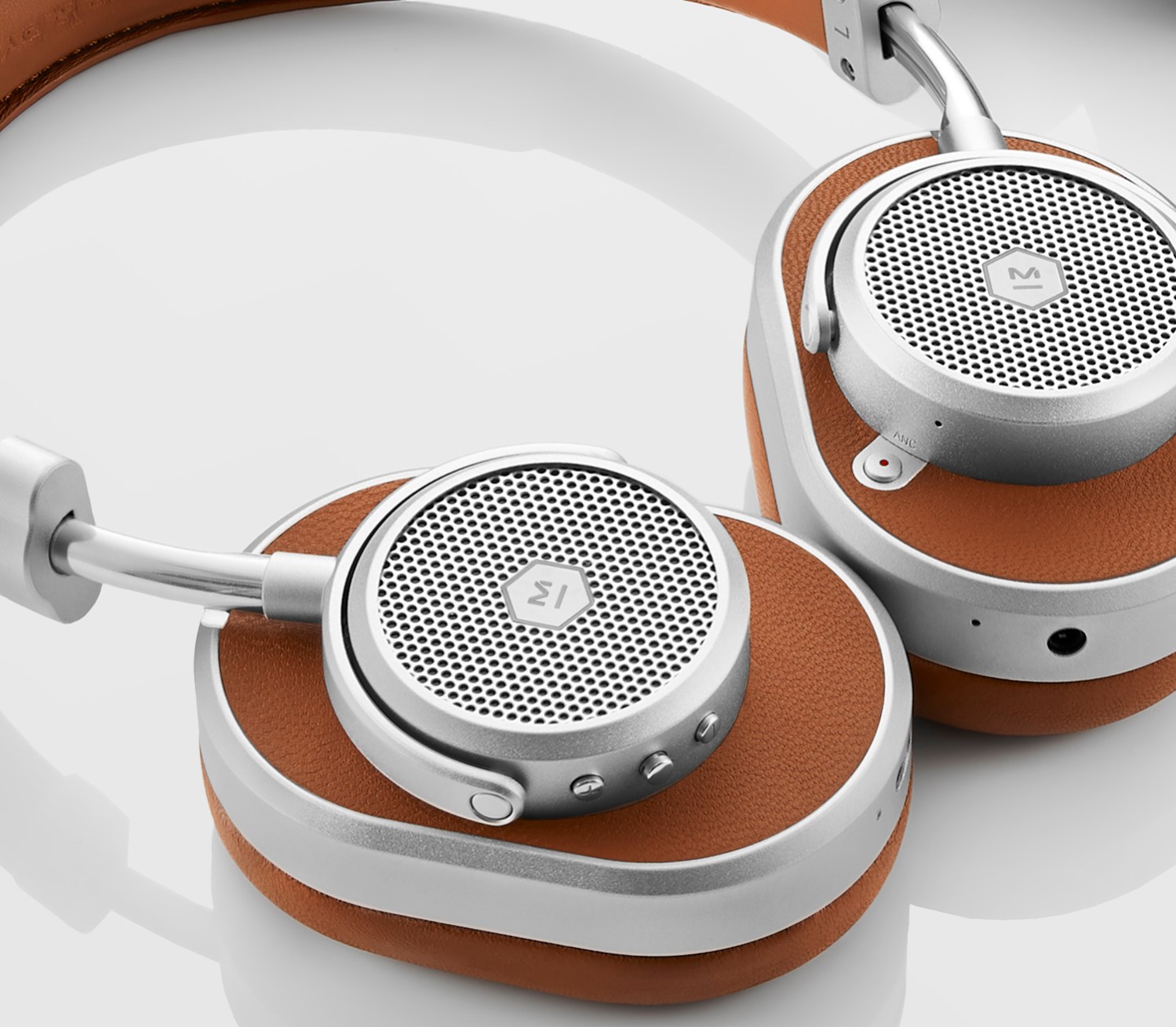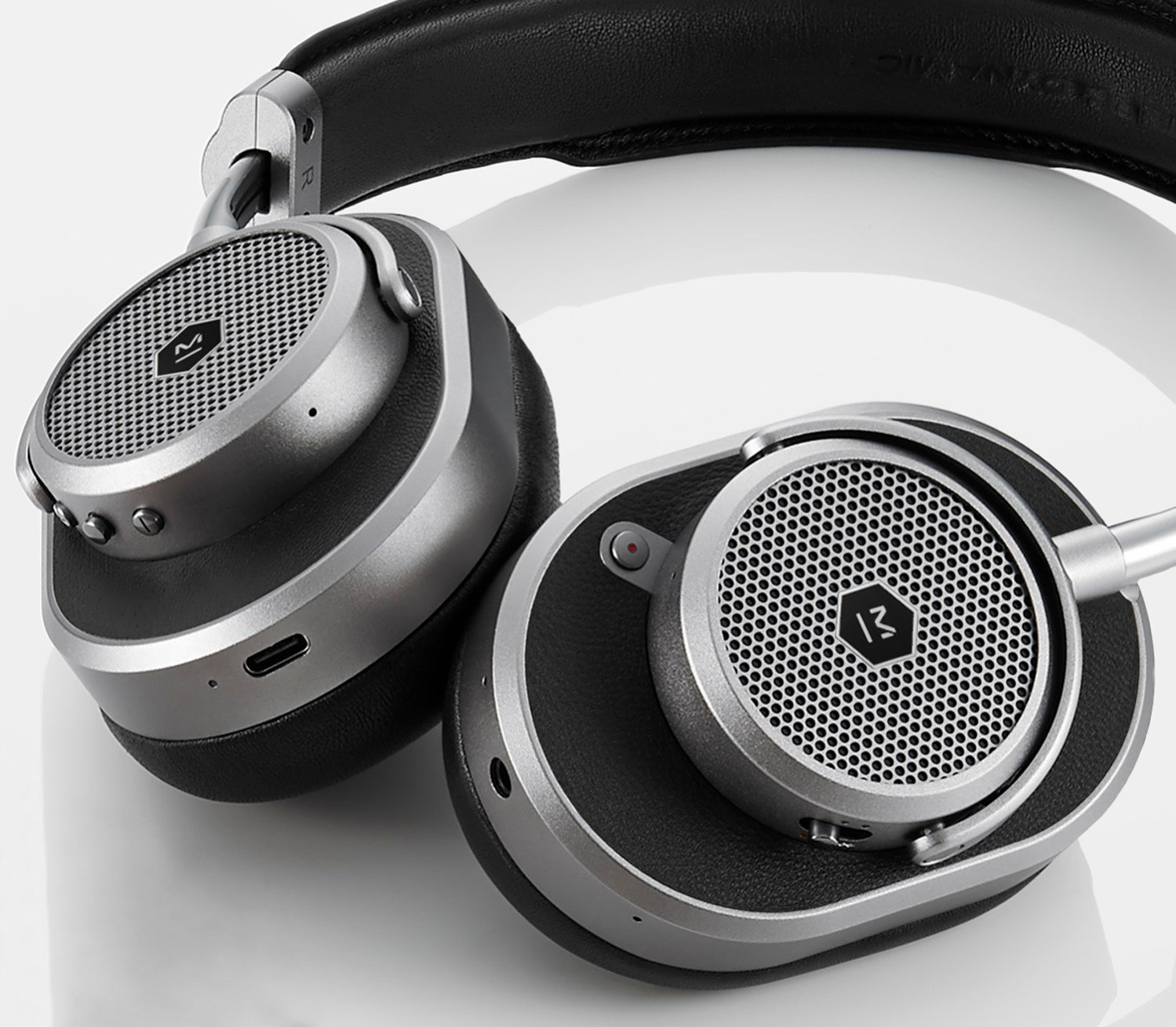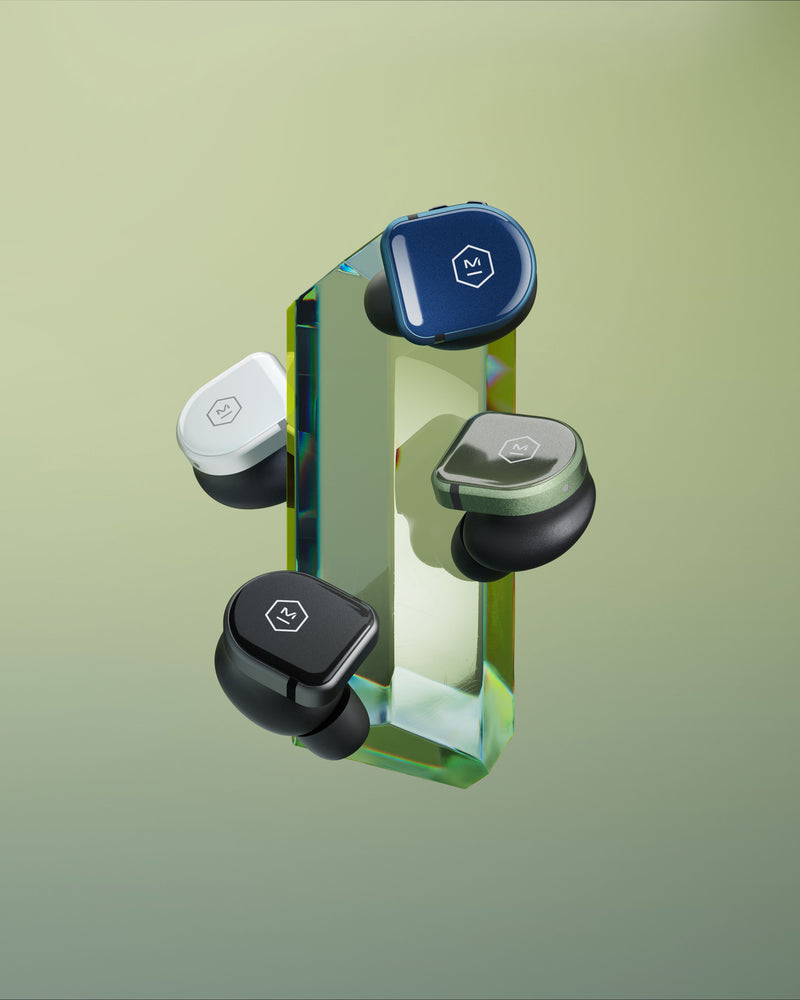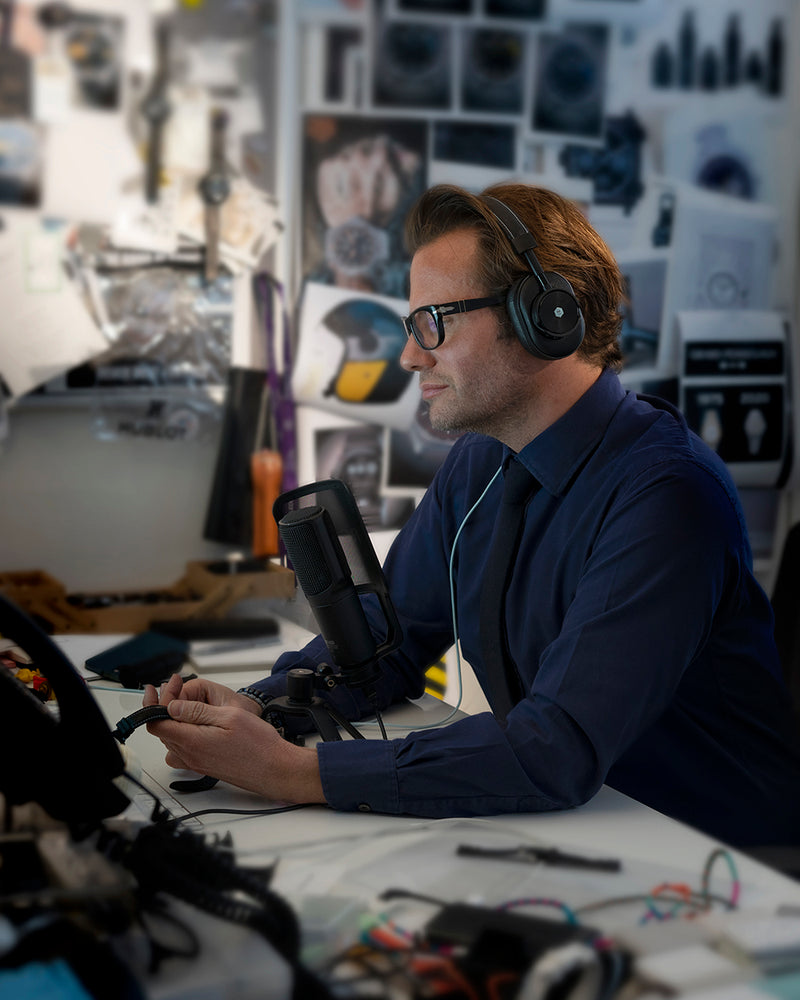In our ongoing series featuring the design and technical aspects of our wireless earphones, headphones and speaker, we speak with members of our product team to learn more about what goes into the engineering of our premium audio products. In this feature we will discuss Active Noise-Cancelling (ANC), a noise suppressing technology that is infused into our latest and most technically sophisticated headphones yet, the MW65 Active Noise-Cancelling Wireless Over-Ear Headphones.
What is Active Noise-Cancelling?
Active Noise Cancellation is a technical feature built into sound tools used to eliminate unwanted external noise by producing an equal and opposite sound that ultimately cancels it out.
What is the difference between Active Noise Cancellation and Passive Noise Isolation?
Passive Noise Cancellation refers only to the naturally-occuring noise cancelling properties that a headphone itself offers, simply by virtue of its own structural design without any electronic assistance. Things like carefully fitted ear cup padding help passive noise cancellation for over-ear headphone models, however most are only able to cancel out high pitch sounds. Active Noise-Cancelling takes noise cancellation one step further, by using a system of electronic microphones to detect environmental noise and create an equal and opposite ‘anti-noise,’ thereby eliminating unwanted external noise before it enters the ear canal.
How does Active Noise-Cancelling work?
The fundamental premise of ANC is fairly simple. Active Noise-Cancelling works by measuring and analyzing the sound of your surroundings, producing the exact opposite sound and playing it back to you in real time to eliminate unwanted noise. This means you can hear only what you want to. Our ANC technology is achieved by combining feedback and feedforward microphone systems, often referred to as Hybrid ANC, which collectively work to cancel noise ahead of entering your ears.
What’s the difference between feedforward and feedback systems, and why does Master & Dynamic use both?
When we talk about feedforward and feedback microphone systems, the fundamental difference is the placement of each microphone. The feedback microphone is placed inside the ear cup, whereas the feedforward microphone is placed outside.
Master & Dynamic has worked to develop an innovative feedback and feedforward microphone system that eliminates noise without compromising sound quality. An external microphone (the feedforward microphone) works to cancel out noise, especially higher pitch sounds. Simultaneously, an internal microphone (the feedback microphone) is responsive to change and constantly self-corrects to cancel-out lower pitch sounds. Together, they create a zero-noise environment, which allows for an optimal listening experience.
